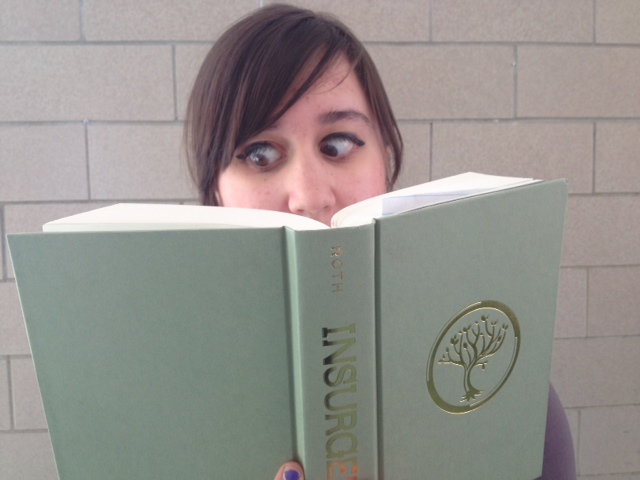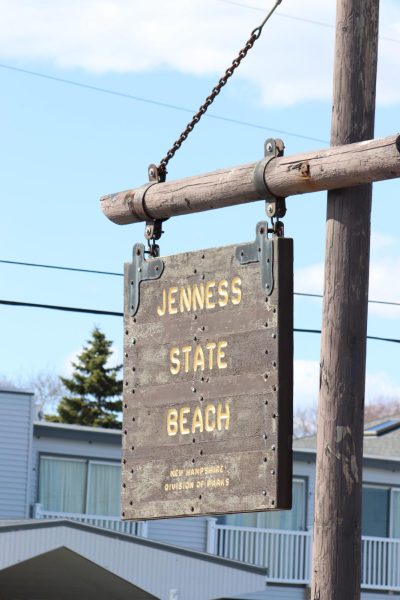Life Scarring Events in the Young Adult Literature Section
There’s no definitive point in the life of a reader in which that reader must transfer from children’s fiction to young adult fiction, so, usually, kids end up doing so when they have completely exhausted the supply of Little House on the Prairie books. This step can occur anywhere from age 7 to age twelve. But these ages are a large deficit from each other, and there’s a larger step still from the age of twelve to the young adult books that are supposed to be for ages sixteen through twenty-one. Due to this leap, stepping away from the children’s section isn’t always a safe venture for young readers.
Meg Cabot, author of the Princess Diaries series, has her books in the YA section. Although the Princess Diaries books do not graphically depict anything sexual, sex is a dominating topic that is probably safe for fourteen year olds and older, in the case of Cabot. Many younger girls read the Princess Diaries books in spite of this due to the childish nature of the Anne Hathaway movie, especially because Cabot writes a popular series for little girls who are still of “children’s section” age. However, a few years ago, Cabot wrote a novel called Ransom My Heart under the pen name of Mia Thermopolis, the main character in the Princess Diaries series. This novel, meant to be the book that Mia wrote as her senior thesis, depicts scenes of an extremely graphic nature; these are scenes that are undoubtedly pornographic, yet the novel is on the shelves right next to books that can be read by young girls.
Alena D’Olimpio remembers having this problem as a young girl. “I was strolling through the young adult section of Barnes and Noble because that was my reading level and I happened to pick up Game of Thrones. Let’s just say… that was my first introduction to the concept of incest.”
The Game of Thrones series is known for extremely sexual scenes and depictions of graphic violence with war and mass murder. Probably not the kind of thing you would want your average thirteen year old to be reading about.
It isn’t morally right that books like Twilight, which features strong sexual themes and scenes of a sexual nature, are categorized in the same place as the Percy Jackson and the Olympians series, which features about three kisses in the entire five book series, all of which are pecks on the lips and maybe one on the cheek. In locations where books like Looking for Alaska by John Green say the “f word” every other sentence, Where the Wild Things Are is perched precariously only a few shelves down. Any reader that has struggled with the dilemma– of either quitting a novel because she realizes that the book is far over her head or continuing to read because she is invested in the characters– understands that the YA system desperately needs a new system of categorization. Preferably a system that will keep the number of children being scarred for life at minimum.
One way to help keep a semblance of innocence intact in elementary and middle schoolers would be to have authors and publishing companies specify exactly what age group this book belongs in. Based off of that, the librarians can put it in a smaller section of the library marked off for middle school kids. If the books are categorized like that, novels that have inappropriate words in their titles might be kept away from kids until they’re old enough to handle something like that. Even if the library doesn’t separate the books, if the publishing company says that a novel is for sixteen year olds and the twelve year old adheres to that ruling, he or she can avoid reading novels that are certain to be far above his level of maturity.
Another option is having a rating system with books in the YA section that reflects the one on commonsensemedia.org. Common Sense offers parents a platform where they can check out the issues in a movie before allowing their children to see it. It offers a suggested age level, decided upon by a parent who works for the website, and then lists out what could be objectionable. If publishers, or even a group of librarians, sit down and decide how prevalent things like language, drugs, alcohol, and sex are in a novel, they can censor them more efficiently. A book like Just As Long as We’re Together by Judy Bloom would have a green sticker under the category of scenes of a sexual nature, while a book like Tiger Eyes by the same author might have a yellow sticker, and Bloom’s novel Forever would undoubtedly feature a red one. All of these books are by the same author and featured in the same section of the library, but they range from utterly innocent to extremely graphic.
This system could also be utilized to inform people of triggers that might be set off by reading a novel- many books by Sarah Dessen feature rape towards the middle or end of the book, but the summary and the beginning of the novel have nothing to do with that subject. Teens and adults who are triggered by rape need to understand what they are about to read.
Recategorizing books in the YA section would be helpful both to parents that do not want their children reading untoward books and to kids that do not wish to linger in the children’s section any longer but also don’t want to be exposed to pornography quite yet. Although there is such thing as too much censorship, it is important that books are a safe place for children, teenagers, and adults to go to.
“When we read a story, we inhabit it. The covers of the book are like a roof and four walls. What is to happen next will take place within the four walls of the story. And this is possible because the story’s voice makes everything its own.” -John Berger











